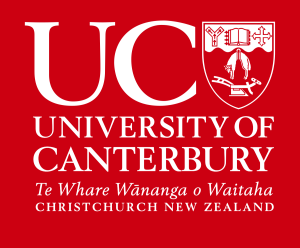Many engineering problems involve optimisation, i.e. finding a way to adjust designs to maximize or minimize some objectives (e.g. minimising cost) subject to various limitations or constraints.
Optimisation methods are increasingly used in industry and are also a fruitful area of foundational research.









